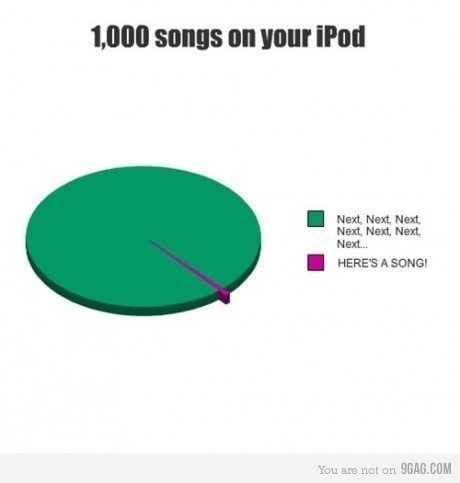Cloud-based music circa 1892
I happened across this link and found this article simply too interesting not to share. You can read the original article here.
What 'cloud-based music' looked like in 1892
If you've ever spent time on hold with tech support, you've likely listened to a lot of tinny, cheesy music coming from your phone as you grit your teeth and count the seconds. Instead of making things better, hold music seems to make the minutes stretch into hours. Believe it or not, in the late 19th century people used to pay to listen to music over the phone. A French service called Théâtrophone was basically a steampunk version of Pandora Radio that allowed subscribers to have live music pumped into their homes at a price of 50 centimes for five minutes -- roughly one or two euros in today's money.
Microphones set up on stage would pump live music to a central switchboard, and from there it would go out to hotels, restaurants and homes across Paris. Scientific American wrote a piece on the théâtrophone system way back in 1892, and at that time there were about 100 of the devices running throughout Paris. The system sounds downright hokey today, but it was ingenious for the time; keep in mind that this pre-dates wireless transmission via radio, much less modern improvements, such as iPhones and internet-based "cloud" storage for music. The théâtrophone system actually ran for quite a while, and it wasn't shuttered until 1932.
Today, we're able to cart around weeks worth of music in a device about the size of a deck of playing cards, and if Apple's "iCloud" service really takes off, it may reach a point that we'll be able to store and stream more music than we'll actually be able to listen to in one lifetime. Meanwhile, the next time you're on hold with tech support and forced to listen to Huey Lewis and the News against your will, just be thankful that's not the only way you can get tunes into your ears.
Clean Up That Messy iTunes Database
Rinse it actually. Real just recently launched a new software dubbed "Rinse." The program is designed to clean up your itunes database, update artwork and generally fix your broken metadata. It does so via a link up with Gracenote. The product does everything from fix your metadata, gather missing artwork, and eliminating duplicates and more.
While there are other programs that have claimed to do these things, the Rinse software is “smarter than other programs,†including iTunes itself. The site says Rinse’s “intelligent database technology†finds artwork, remove duplicates and organize an iTunes library even if song names are misspelled or incomplete.
The cost for Rinse is a mere $39 which for me is totally worth it. Upon my first "rinse" it located and removed over 4,000 duplicate songs from my library saving the dupes on my desktop in a folder for me to sort through and eventually delete. The sort hierarchy can be set up to your own specifications (either eliminate the shorter version of the duplicate tracks - or the lesser bitrate). I chose the bitrate sorting and am quite happy with the results. The album artwork tool is also great although it took more than 24 hours for it to locate and find all of my missing artwork.
Overall I recommend Rinse to anyone with an extensive iTunes music collection. In my view- the more music you have, the more room there is for error in your database... My only main issue with Rinse is the fact that it along with all other options on the market does nothing for the hundreds of files in my itunes library titled "track1." I suppose there is some human error that no machine can make up for.
Monday Funny: Microsoft Redesigns the Ipod
Affectionately stolen from Proper Discord

